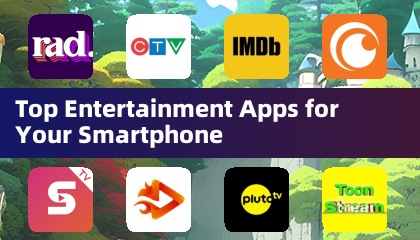As teased by Nintendo, Nvidia has now shed light on the custom GPU powering the Nintendo Switch 2, although the details provided might not satisfy the most eager tech enthusiasts. In a recent blog post, Nvidia confirmed earlier reports from IGN and Nintendo that the new GPU supports advanced features like AI upscaling via DLSS and real-time ray tracing.
Nvidia's DLSS, or Deep Learning Super Sampling, leverages AI and machine learning to upscale lower-resolution images in real time, significantly boosting both performance and visual quality in games. Nvidia described the Switch 2's GPU as a "custom Nvidia processor featuring an Nvidia GPU with dedicated RT Cores and Tensor Cores," which are responsible for stunning visuals and AI-driven enhancements.
Nvidia emphasized the extensive development effort, stating, "With 1,000 engineer-years of effort across every element—from system and chip design to a custom GPU, APIs, and world-class development tools—the Nintendo Switch 2 brings major upgrades." These upgrades include the capability for 4K gaming in TV mode and up to 120 FPS at 1080p in handheld mode, along with support for HDR and AI upscaling to enhance visuals and gameplay smoothness.
The inclusion of RT Cores enables real-time ray tracing, which provides lifelike lighting, reflections, and shadows, enhancing the immersion of game worlds. Meanwhile, Tensor Cores power AI-driven features like DLSS, improving resolution and detail without compromising image quality. Interestingly, these Tensor Cores also facilitate AI-powered face tracking and background removal for video chat functionalities, enriching social gaming and streaming experiences.
During the Nintendo Direct, Nintendo introduced the C button, a new feature for chat functionality that uses an external camera and the Switch 2's built-in microphone. The technology is designed to focus on the player's voice while filtering out background noise.
Nvidia made a bold claim, asserting that "With 10x the graphics performance of the Nintendo Switch, the Nintendo Switch 2 delivers smoother gameplay and sharper visuals." However, they did not provide details on how this performance was measured, leaving it to experts like Digital Foundry to verify once the Switch 2 launches in June.
Nintendo Switch 2 System and Accessories Gallery

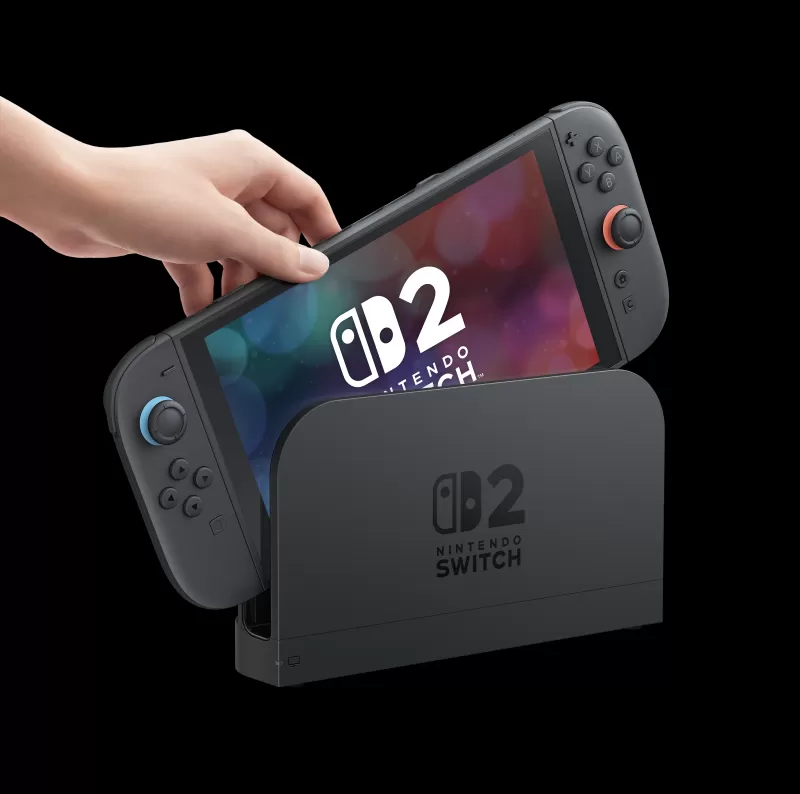 91 Images
91 Images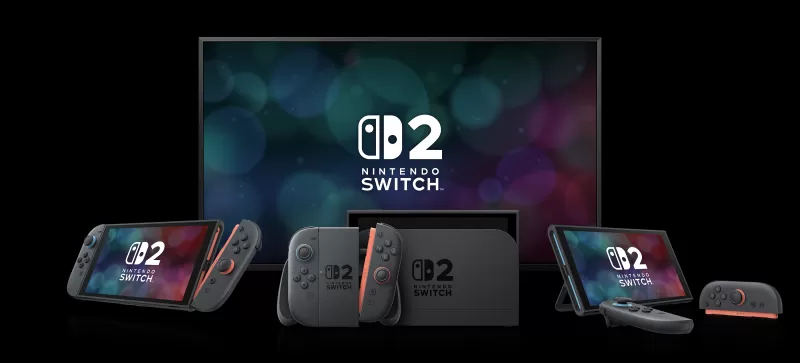
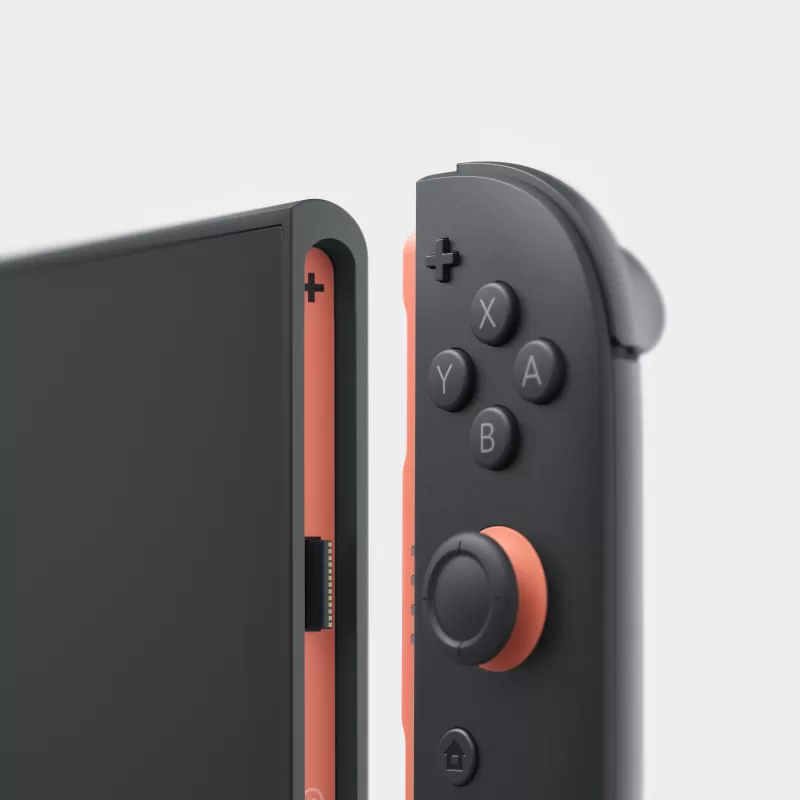
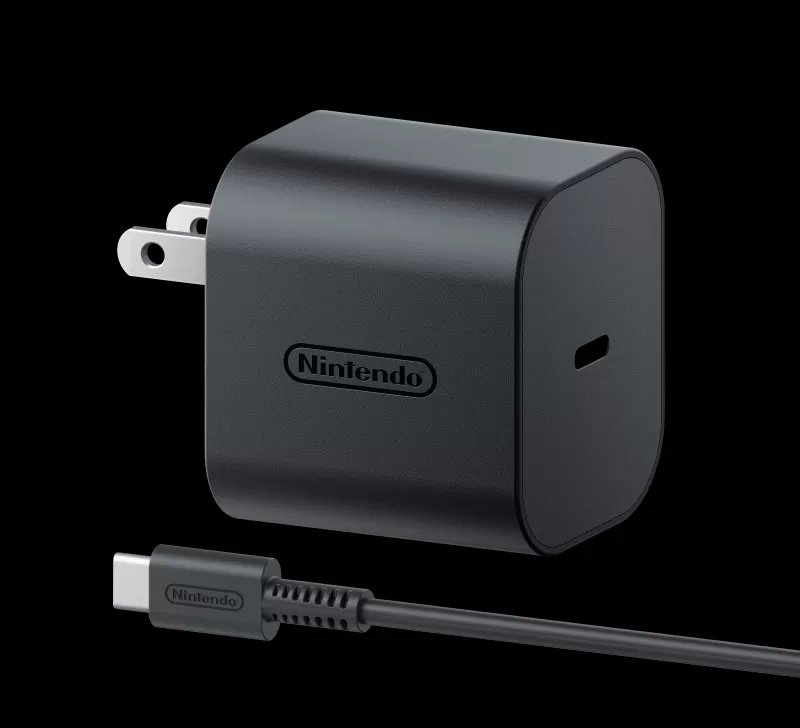
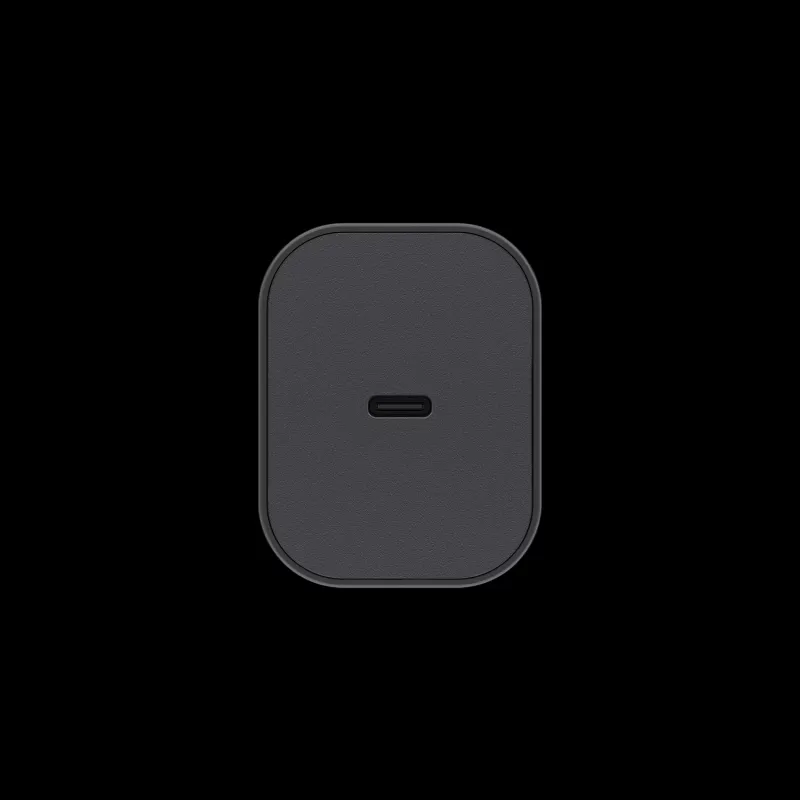
Nvidia also highlighted that the Tensor Cores enhance AI-powered graphics while maintaining efficient power consumption, and the RT Cores improve in-game realism with dynamic lighting and natural reflections. Additionally, Variable Refresh Rate (VRR) via Nvidia G-SYNC in handheld mode ensures ultra-smooth, tear-free gameplay.
In a hardware-focused roundtable Q&A in New York, attended by IGN, Nintendo confirmed that the Switch 2 uses DLSS but did not specify the version or any customizations made for the Switch 2. Similarly, they acknowledged the GPU's capability for ray tracing but remained vague on specifics. Tetsuya Sasaki, General Manager at Nintendo’s Technology Development Division, explained that Nintendo prefers not to delve deeply into hardware specifications, focusing instead on the value provided to consumers. He noted that Nvidia would share more information about the hardware.
AnswerSee ResultsIn January, a patent filed in July 2023 but published earlier this year hinted at AI image upscaling technology designed to keep game download sizes manageable for physical cartridges while still offering up to 4K textures.
For more information, explore everything announced at the Switch 2 Nintendo Direct and expert analyses on the Switch 2's price and the $80 price tag for Mario Kart World.















